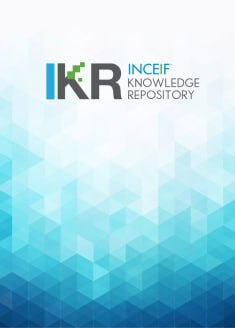Publication:
FOREX risk premia and policy uncertainty: a recursive utility analysis

Abstracts views
3
Views & Download
0
Date
2004
SDG:
Abstract
We compare actual and calibrated values for the foreign exchange risk premium based on the definition in [J. Int. Econ. 32 (1992) 305]. Calibrated values are found from within a dynamic stochastic general equilibrium model of a small open economy consisting of risk averse optimizing agents with unconventional preferences. We find that the equilibrium foreign exchange risk premium is a function of exogenous shocks in the model and is sensitive to assumed attitudes towards risk. Furthermore, various forms of policy uncertainty improve the capacity of the model to generate values closer to those found in the data.
Keywords
Foreign exchange risk premium , Stochastic general equilibrium models , Policy uncertainty , Recursive utility
Citation
Evans, L. & Kenc, T. (2004). FOREX risk premia and policy uncertainty: a recursive utility analysis. Journal of International Financial Markets, Institutions and Money, 14 (1), pp. 1-24.
Publisher
Elsevier B.V.
